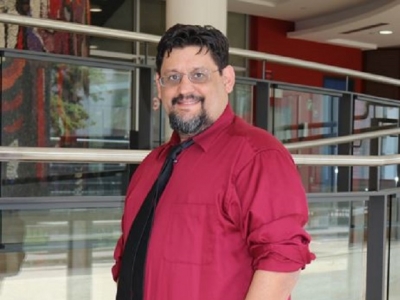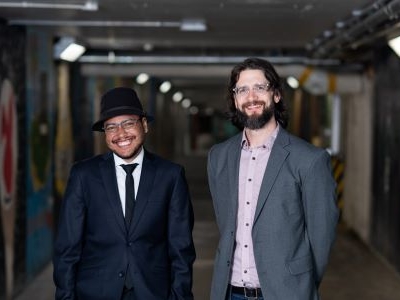–The following story is written by Ty Burke
The new economy isn’t so new anymore, and by now, it’s no secret that Science, Technology, Engineering or Math (STEM) graduates are its ultimate commodity. With specialized training in STEM, they are the talent that spurs innovation, enhances productivity and builds our ever accelerating high tech future.
But there’s a persistent shortage of STEM graduates, and even if every jurisdiction from Ottawa, Ontario to Ottawa, Illinois wants to increase how many their universities produce, it’s not as simple as flicking a switch and instantly generating a STEM grad pipeline that supplies local businesses with a highly skilled workforce. If you want to produce more STEM graduates, you’ll face challenges in educating them.
One of these challenges is the cavernous lecture halls where first-year students cut their teeth on university math. It’s a learning environment that’s vastly different from high school classrooms, upper year courses and graduate-level seminars. To many people, in giant lecture halls, there are crowds, distractions and little engagement with professors. The collective effect can be to make challenging topics even more enigmatic.
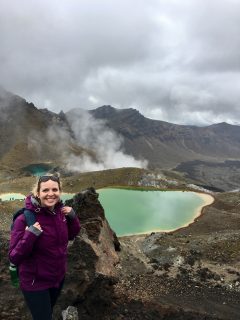 Carleton’s Chloë Grace Fogarty-Bourget, a Joseph-Armand Bombardier Canada Graduate Scholar, is researching how these learning environments are, in fact, conducive to learning mathematics.
Carleton’s Chloë Grace Fogarty-Bourget, a Joseph-Armand Bombardier Canada Graduate Scholar, is researching how these learning environments are, in fact, conducive to learning mathematics.
“First-year mathematics courses have been described as “gatekeepers” for students pursuing careers in STEM,” says the PhD student in Applied Linguistics and Discourse Studies. “Low levels of engagement in these courses have often been attributed to a lack of student-instructor interaction in large lecture-style courses, an issue that may be compounded in the move to online teaching as students are removed from a community of peers and experts.”
But Fogarty-Bourget thinks there are other factors at play, and that optimizing approaches to teaching could yield better results. She’s using multimodal analysis to identify what teaching strategies are most effective and engaging for students. If better teaching methods can get more students through first-year math courses, more students will graduate with STEM degrees, and more will be able to apply their skills in the knowledge economy.
“Traditional linguistic analyses tend to focus on speech and written communication, which, although very important and powerful modes of communication, are only part of the complex tapestry of social interaction. Multimodal theory, which takes into account visual and verbal ways of communicating, acknowledges that while sometimes speech and writing can take on a primary role in meaning-making, in some contexts, gesture, image, movement, music, colour, and so on, can be just as important, if not more so. Learning to study and make sense of human communication from such a holistic perspective is necessary for understanding how we engage students, negotiate our social world, create and share knowledge, and connect with each other.”
Having been awarded a Michael Smith Foreign Study Scholarship for overseas travel, Fogarty-Bourget has recently returned from three months in New Zealand, where she’s been learning Multimodal Interaction Analysis from her host supervisor Dr. Sigrid Norris at the Auckland University of Technology’s Multimodal Research Centre – a hub for specialists in the field of multimodal and interaction analysis. Fogarty-Bourget credits Dr. Norris, professor of communication studies, who developed an innovative and widely used approach to the analysis of video-recorded human interaction, with spurring her interest in multimodal theory and gesture research.
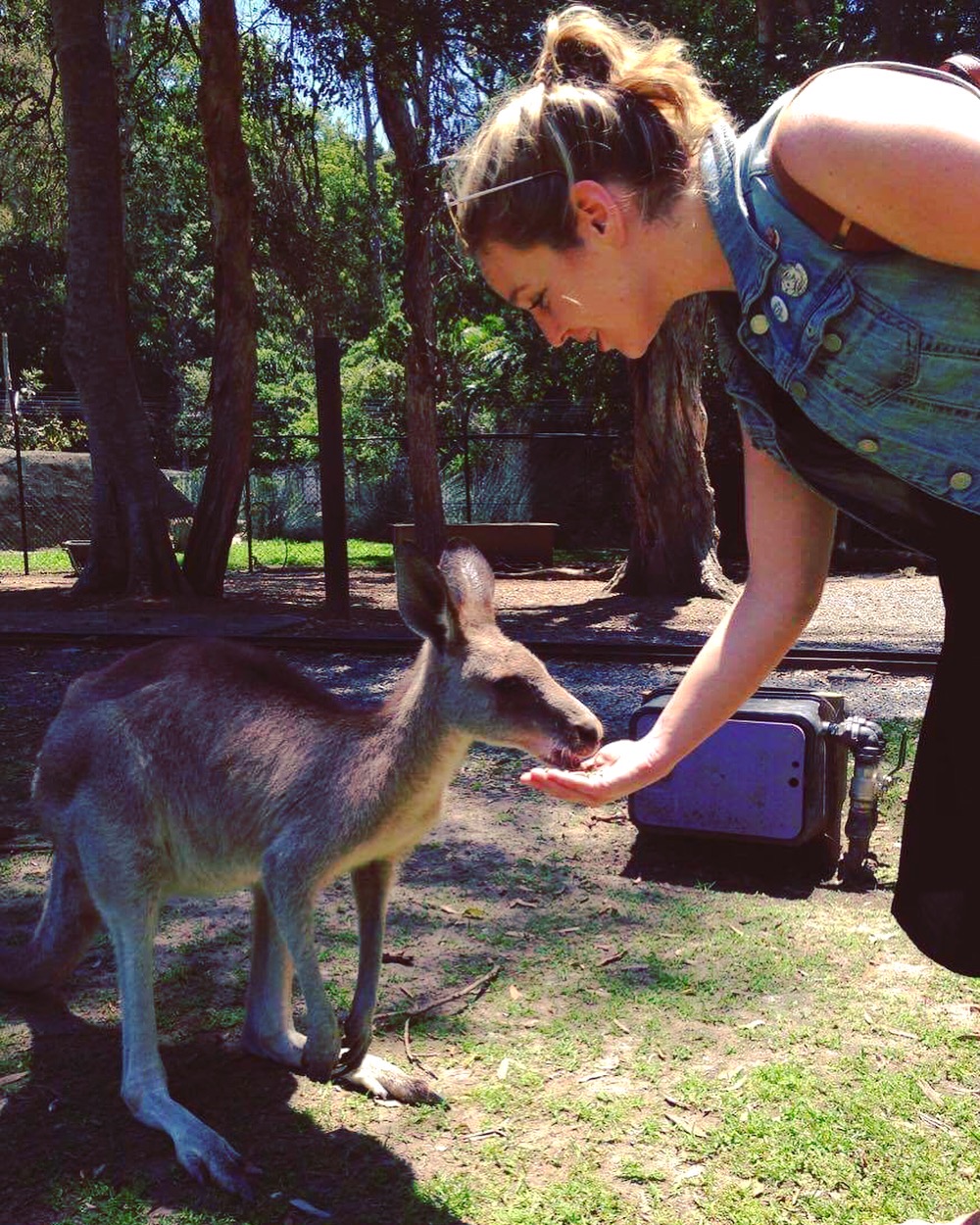
Fogarty-Bourget also appreciates the support she has received at Carleton. “Professor Natasha Artemeva is not only an excellent supervisor, she is a teacher, a mentor, and a friend. I really cannot articulate all the ways that she has helped me to grow. I wouldn’t be where I am today without her continued guidance and support.”
Fogarty-Bourget made the most of her time in New Zealand. When she wasn’t learning to conduct Multimodal Interaction Analysis of video recordings of mathematics instructors teaching in lecture halls, collecting multimodal data, and developing her skills with specialized audio and video analysis software, she did a multimodal tour of the country: hiking, biking, kayaking, rafting, and skiing her way between visits to Hobbit-holes and campsites on active volcanoes.
“I have done my share of travelling, but had never stepped foot on a volcano. In New Zealand, it feels like everything is, or has been affected by volcanos; in Auckland alone there are more than 50 of them, some of which are truly massive. As a child I thought lava, and volcanic eruptions were the most frightening thing possible, it felt very surreal to find myself camping on Mount Ruapehu, the largest active volcano in New Zealand.”
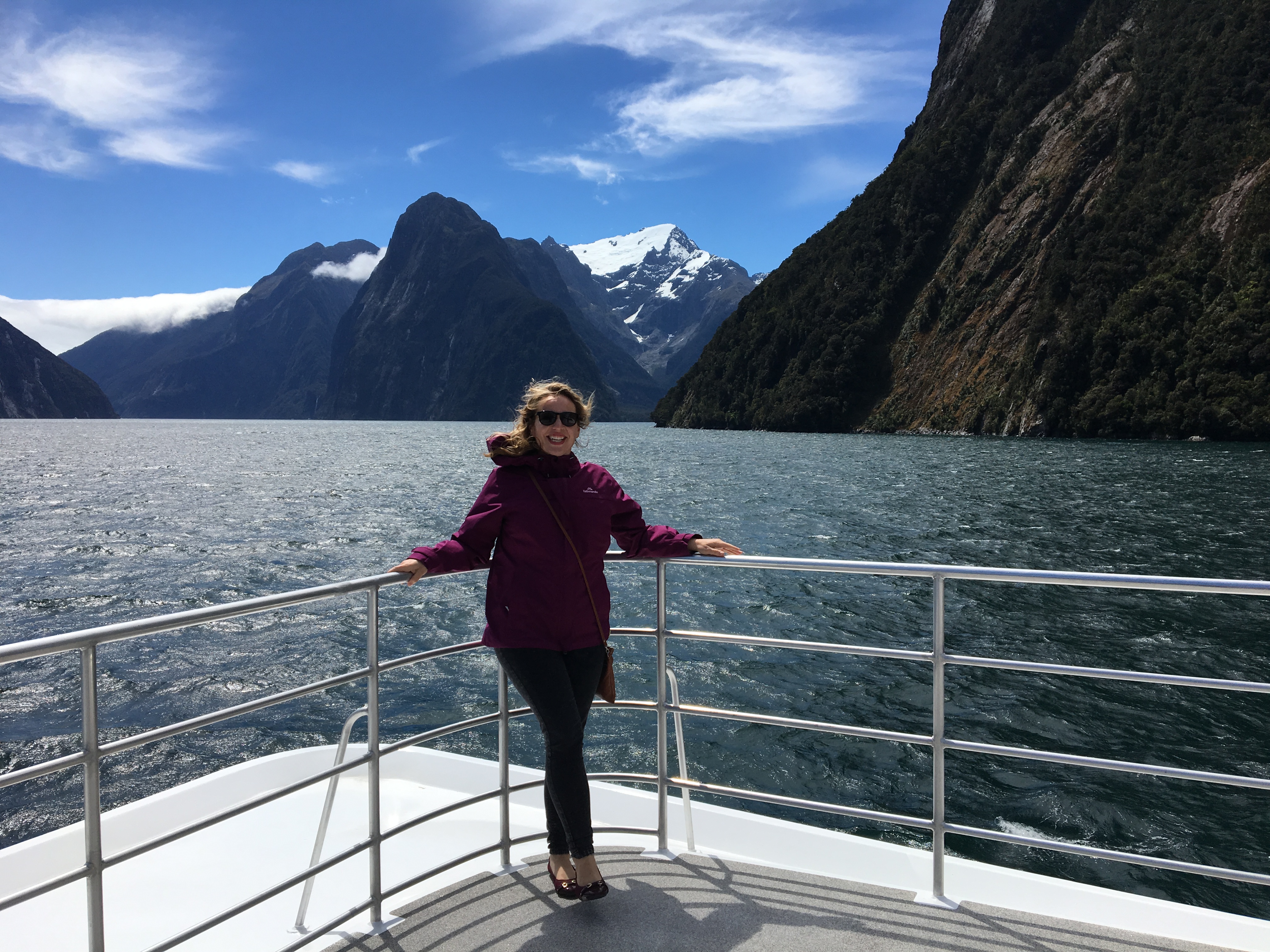
All of her experiences in New Zealand (or at least the non-Tolkien parts) will help Fogarty-Bourget better understand what’s working – and what isn’t – when students confront university-level calculus, statistics and trigonometry for the first time.
“Very few studies conduct fine-grained analyses of video recordings in order to understand teaching from a holistic perspective,” she says. “Fewer still acknowledge the roles that gesture, gaze, and movement play, in addition to speech, writing, and various teaching technologies. By conducting fine-grained multimodal analyses of video recordings of university mathematics lectures in coordination with student and instructor interviews, I’m able to gain valuable insight into effective strategies for student-centered learning. In furthering our understanding of the links between student-instructor interaction and student engagement in undergraduate mathematics instruction, my research holds potential for the development of new teaching strategies and materials for use in live classrooms and online, which could maximize student engagement, and as a result, improve students overall academic achievement, motivation, and success.”
Go to our PhD in Applied Linguistics and Discourse Studies web page for more information about the program.
Thursday, February 1, 2018 in Grad Student Research, News
Share: Twitter, Facebook


